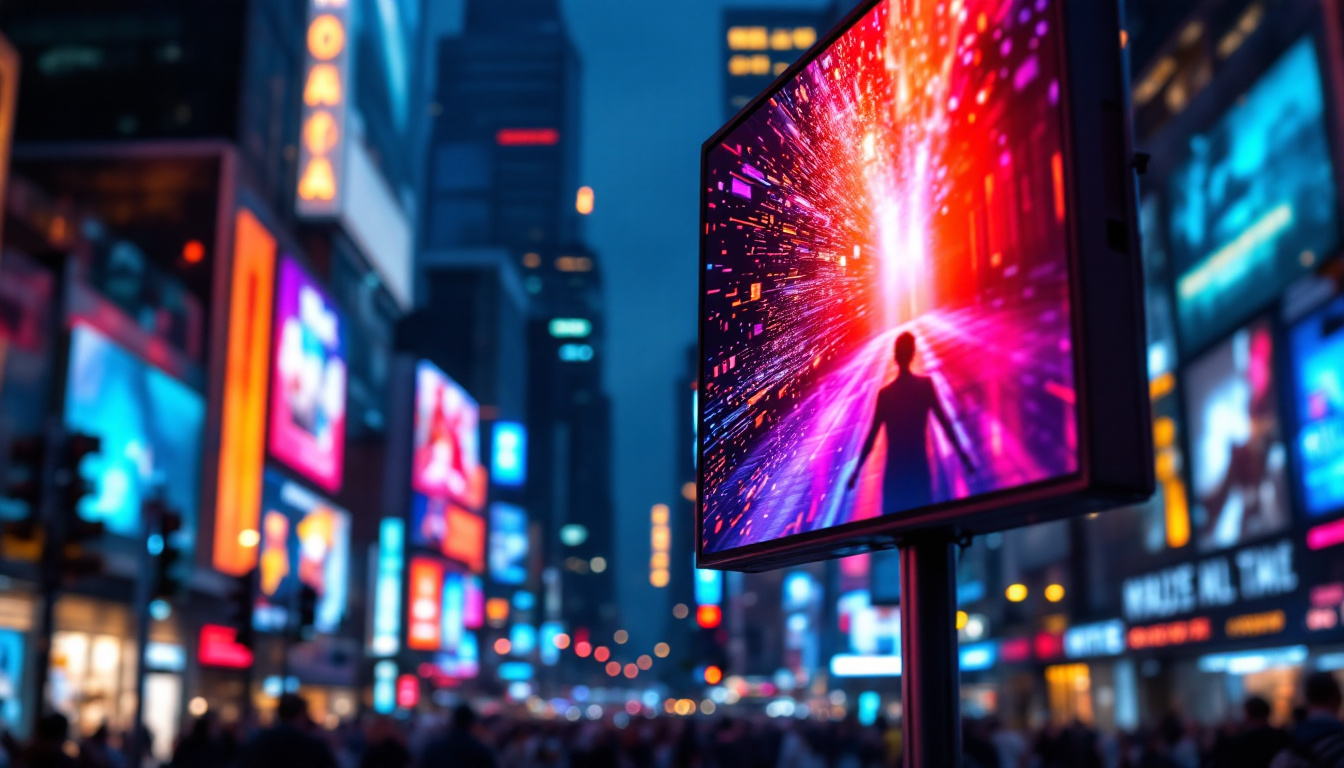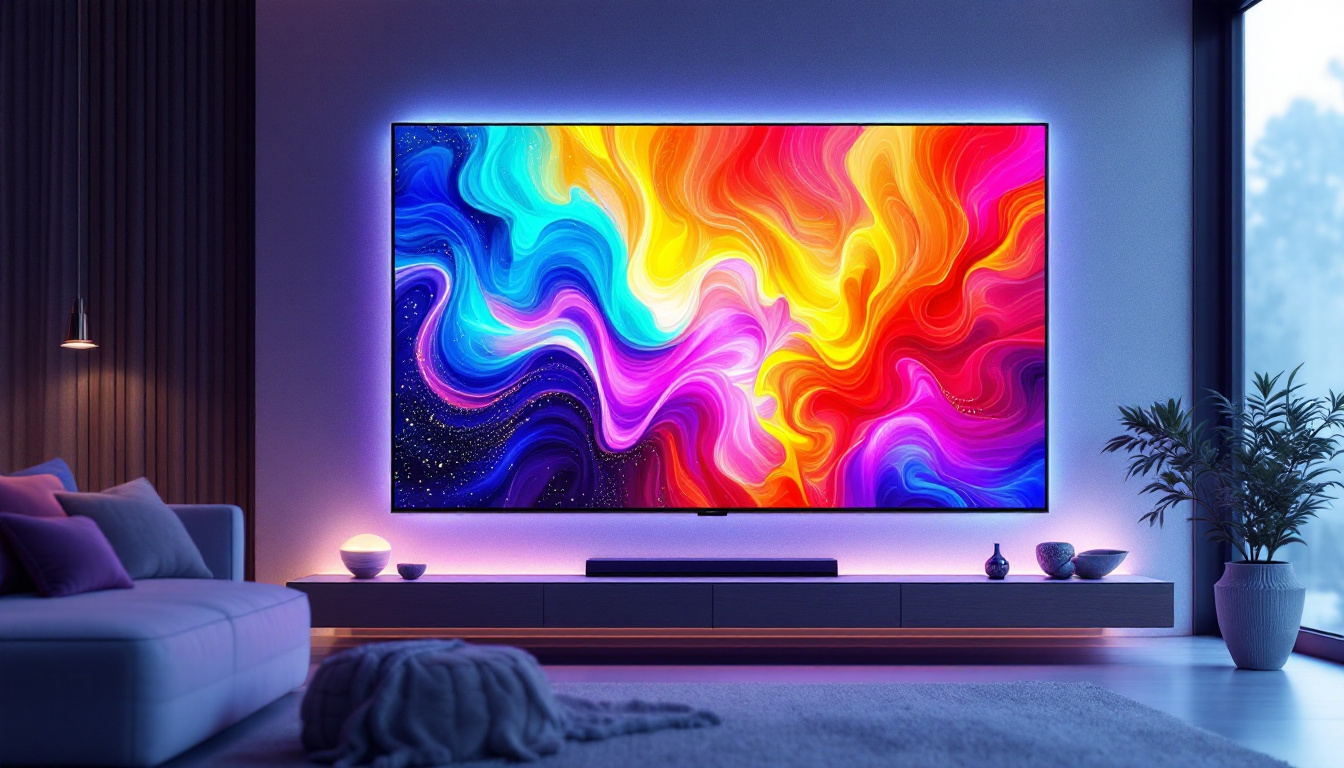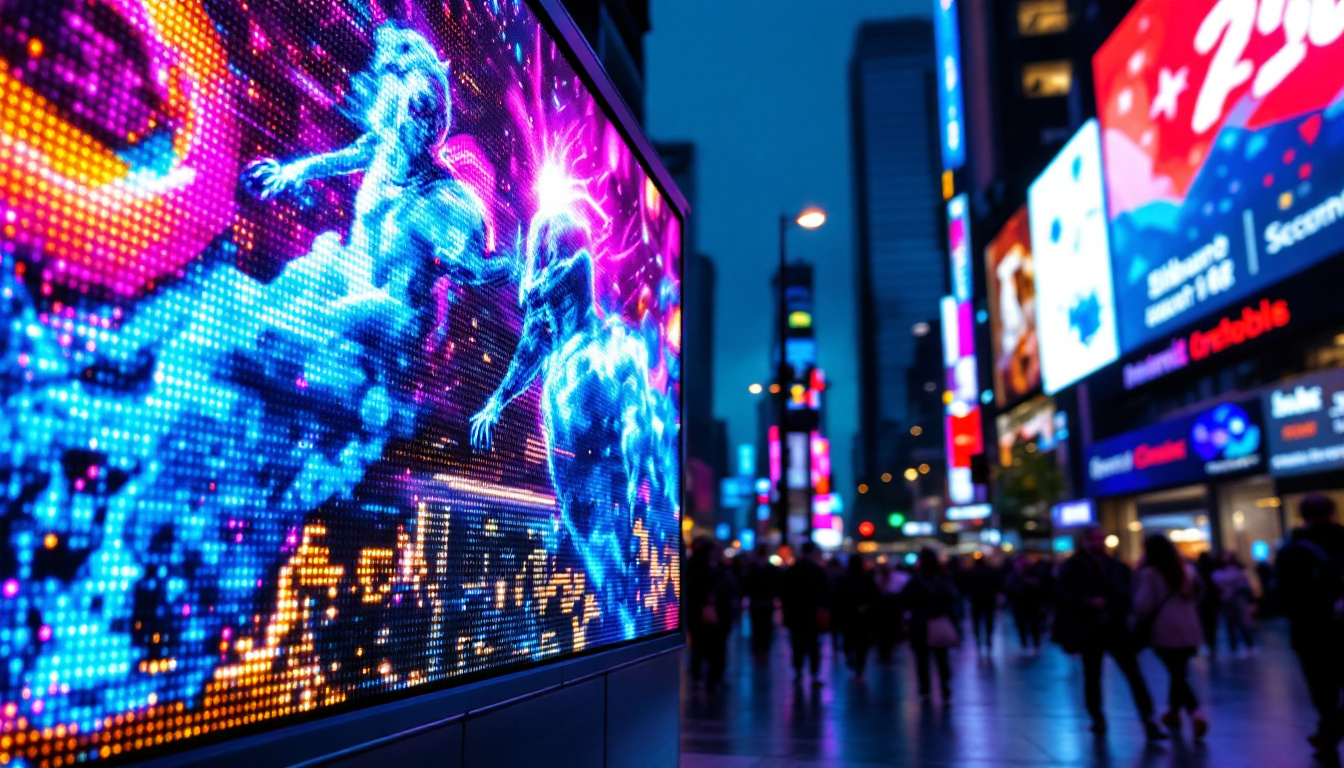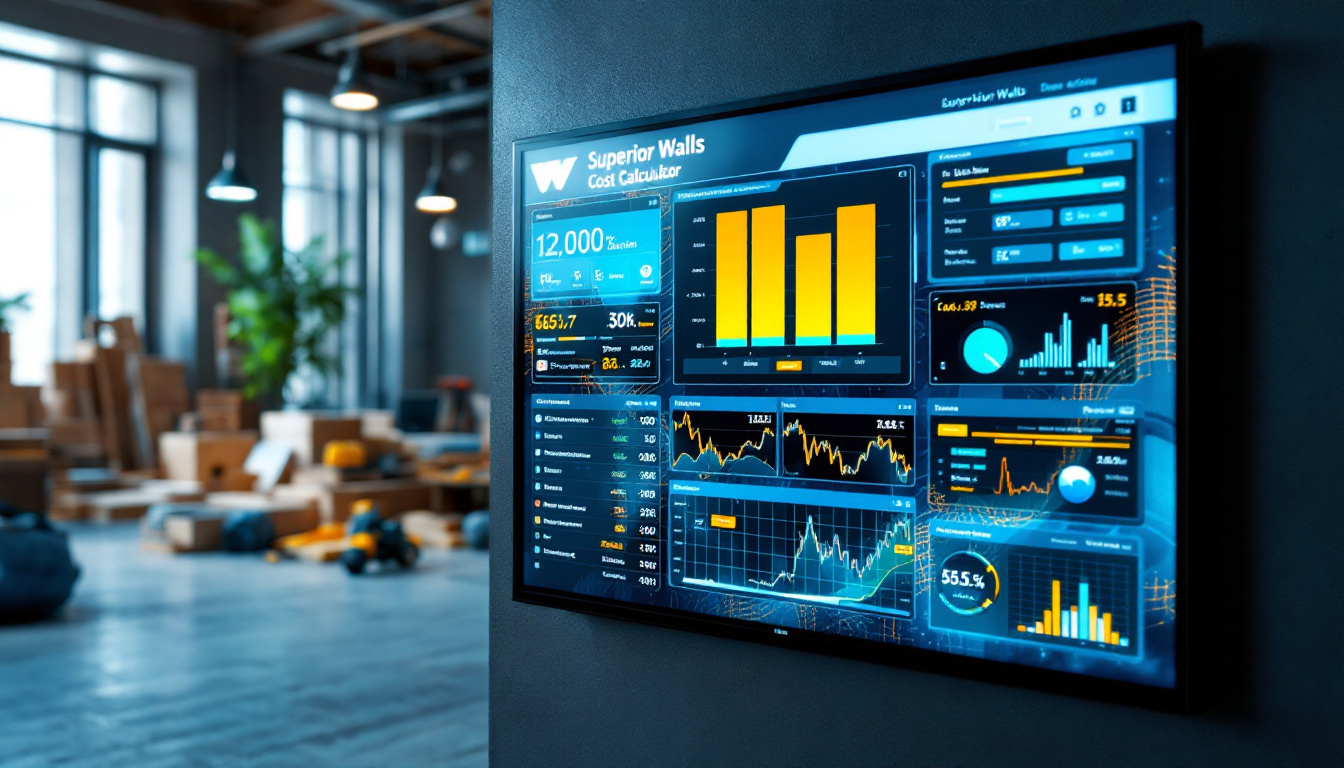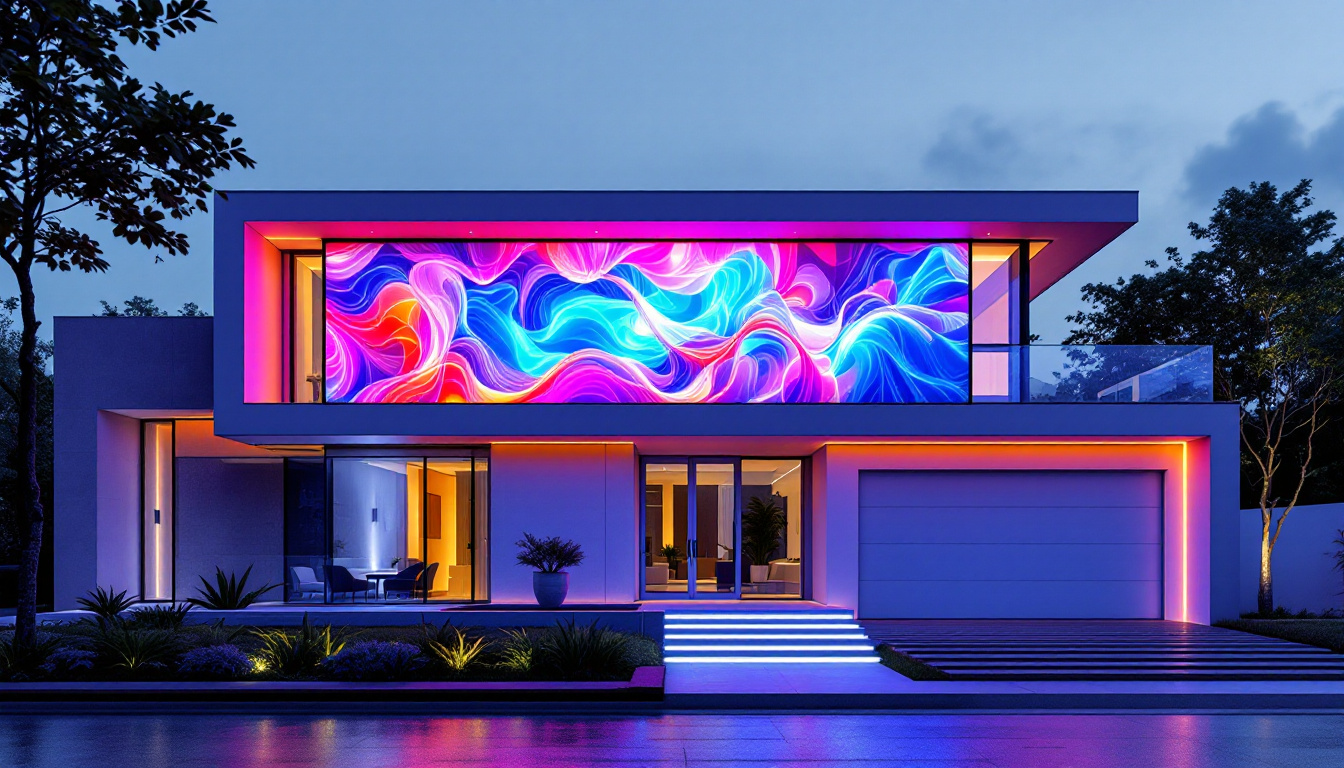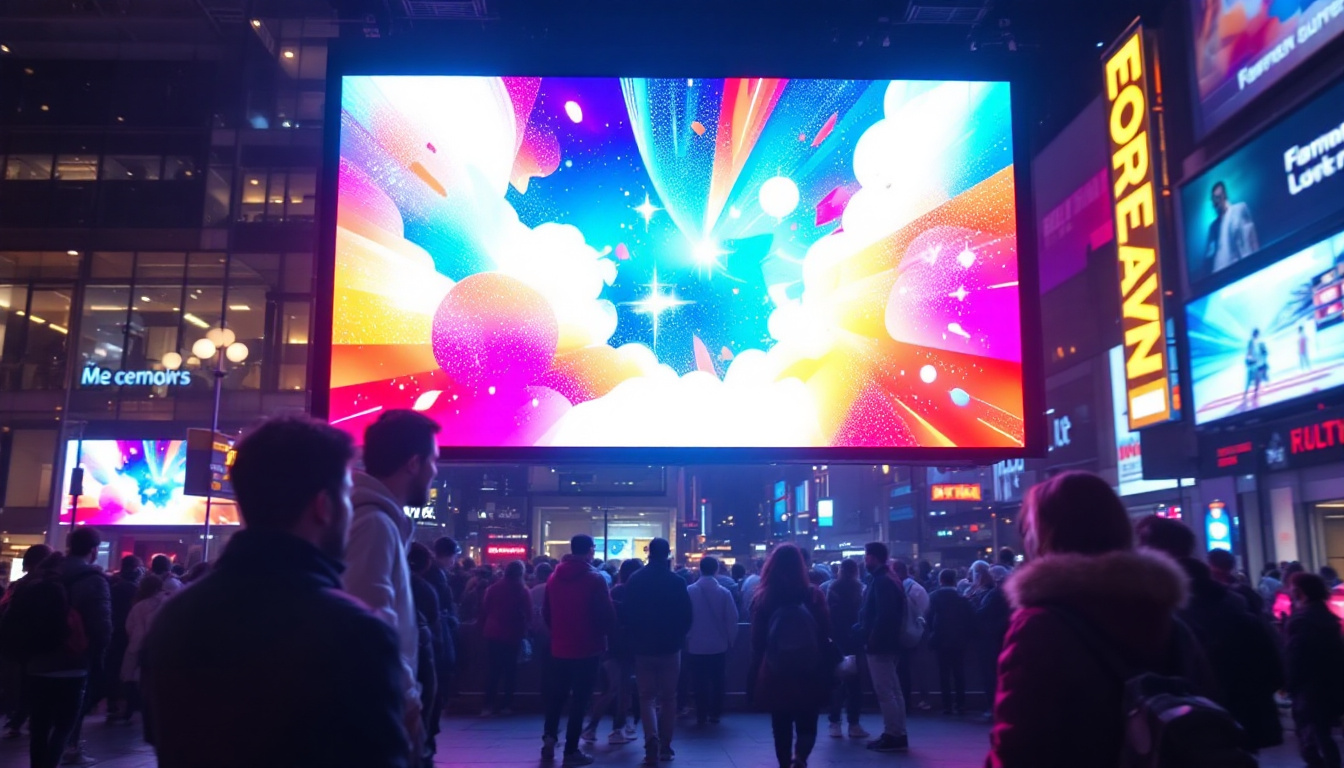In today’s fast-paced digital world, the need for effective communication and information dissemination has never been more critical. Plasma kiosks, equipped with LED displays, have emerged as a powerful tool for businesses and organizations to engage with their audience. This article delves into the intricacies of plasma kiosks and the technology behind LED displays, exploring their applications, benefits, and future prospects.
Understanding Plasma Kiosks
Plasma kiosks are interactive terminals that provide information, services, or entertainment to users through a digital interface. These kiosks are often found in public spaces such as malls, airports, and museums, serving various functions from wayfinding to ticketing. The integration of LED displays enhances their visual appeal and functionality, making them an essential part of modern communication strategies. With their user-friendly interfaces and intuitive designs, plasma kiosks are revolutionizing the way people interact with information and services, offering a seamless experience that caters to the fast-paced nature of contemporary life.
In addition to their practical applications, plasma kiosks also play a significant role in data collection and analytics. By tracking user interactions and preferences, businesses can gather valuable insights into consumer behavior, allowing them to tailor their offerings more effectively. This data-driven approach not only improves customer satisfaction but also enhances operational efficiency, making plasma kiosks a vital tool for organizations looking to stay competitive in an increasingly digital world.
The Role of LED Displays
LED displays are a crucial component of plasma kiosks, offering vibrant colors and high-resolution graphics that capture users’ attention. Unlike traditional displays, LED technology provides superior brightness and contrast, ensuring visibility in various lighting conditions. This capability is particularly important in outdoor settings where sunlight can diminish the effectiveness of standard screens. Furthermore, the energy efficiency of LED technology contributes to sustainability efforts, as these displays consume less power while delivering exceptional performance.
Moreover, the versatility of LED displays allows for dynamic content updates, enabling businesses to change promotions or information in real-time. This adaptability not only keeps the content fresh and engaging but also allows for targeted marketing strategies that can be adjusted based on time of day, season, or special events. As a result, the integration of LED displays into plasma kiosks not only enhances user experience but also maximizes the impact of advertising and information dissemination.
Types of Plasma Kiosks
There are several types of plasma kiosks, each designed to serve specific purposes. Some of the most common include:
- Information Kiosks: These provide users with access to information about products, services, or locations.
- Ticketing Kiosks: Used primarily in transportation hubs, these kiosks facilitate the purchase of tickets for travel or events.
- Interactive Kiosks: These allow users to engage with content, such as games or surveys, enhancing their experience.
Additionally, there are specialized kiosks designed for specific industries, such as healthcare and retail. For instance, in healthcare settings, kiosks can provide patients with check-in services, appointment scheduling, and access to medical information, streamlining the patient experience and reducing wait times. In retail, kiosks can serve as self-service checkouts or product information stations, empowering customers to make informed decisions while minimizing the need for staff intervention. This specialization not only enhances efficiency but also improves customer engagement by providing tailored experiences that meet the unique needs of different sectors.
Benefits of LED Displays in Plasma Kiosks
The integration of LED displays in plasma kiosks offers numerous advantages that can significantly enhance user experience and operational efficiency.
Enhanced Visibility and Engagement
One of the most significant benefits of LED displays is their ability to attract attention. The bright, colorful visuals make it easy for passersby to notice the kiosk, leading to increased foot traffic and user engagement. This is particularly beneficial in crowded environments where competition for attention is fierce.
Energy Efficiency
LED technology is known for its energy efficiency compared to traditional display technologies. This not only reduces operational costs but also aligns with sustainability goals. Businesses can enjoy lower electricity bills while contributing to a greener environment, making LED displays an attractive option for modern kiosks.
Durability and Longevity
LED displays are also more durable than their LCD counterparts. They are less susceptible to damage from impacts and environmental factors, making them ideal for high-traffic areas. This durability translates to lower maintenance costs and longer lifespans, providing a better return on investment for businesses.
Applications of Plasma Kiosks with LED Displays
Plasma kiosks equipped with LED displays have a wide range of applications across various industries. Their versatility allows them to be tailored to meet specific needs, making them a valuable asset in different contexts.
Retail Environments
In retail settings, plasma kiosks can be used for product promotions, advertisements, and customer engagement. Interactive displays can provide customers with detailed product information, helping them make informed purchasing decisions. Additionally, these kiosks can be programmed to offer personalized recommendations based on customer preferences.
Transportation Hubs
Airports, train stations, and bus terminals benefit significantly from plasma kiosks. They can provide real-time information about schedules, delays, and ticketing options, enhancing the travel experience. The interactive nature of these kiosks allows travelers to access information quickly and efficiently, reducing the need for staff assistance.
Healthcare Facilities
In healthcare settings, plasma kiosks can streamline patient check-in processes, provide information about services, and even offer wayfinding assistance within large facilities. The use of LED displays can help convey important health information and announcements, ensuring that patients and visitors are well-informed.
Design Considerations for Plasma Kiosks
When designing plasma kiosks, several factors must be taken into account to ensure their effectiveness and user-friendliness.
User Interface and Experience
The user interface (UI) is a critical aspect of plasma kiosk design. A well-designed UI should be intuitive and easy to navigate, allowing users to access information quickly. Consideration should be given to the target audience, ensuring that the design meets their needs and preferences. Engaging graphics and clear calls to action can significantly enhance the user experience.
Accessibility Features
Accessibility is another essential consideration. Plasma kiosks should be designed to accommodate users with disabilities, ensuring that everyone can access the information and services provided. This may include features such as adjustable height, audio assistance, and tactile buttons for visually impaired users.
Location and Placement
The placement of plasma kiosks is crucial for maximizing visibility and usability. They should be strategically located in high-traffic areas where they can easily capture the attention of passersby. Additionally, consideration should be given to the surrounding environment, ensuring that the kiosks are not obstructed by other structures or signage.
Future Trends in Plasma Kiosk Technology
The technology behind plasma kiosks and LED displays is continually evolving. Several trends are emerging that are likely to shape the future of this industry.
Integration of Artificial Intelligence
As artificial intelligence (AI) technology advances, its integration into plasma kiosks is becoming more prevalent. AI can enhance user interactions by providing personalized experiences based on user data and behavior. For instance, kiosks can learn from previous interactions to offer tailored recommendations, improving customer satisfaction.
Augmented Reality Features
Augmented reality (AR) is another exciting trend that is being explored in the context of plasma kiosks. By incorporating AR technology, kiosks can provide immersive experiences that engage users in new ways. For example, customers could visualize products in their own space before making a purchase, enhancing their shopping experience.
Improved Connectivity and Data Analytics
With the rise of the Internet of Things (IoT), plasma kiosks are becoming increasingly connected. This connectivity allows for real-time data collection and analytics, enabling businesses to gain insights into user behavior and preferences. Such data can inform marketing strategies, operational improvements, and overall kiosk performance.
Challenges and Considerations
Despite the numerous benefits, there are challenges associated with the implementation of plasma kiosks with LED displays that must be addressed.
Cost of Implementation
The initial investment for plasma kiosks can be significant, particularly when incorporating advanced technologies such as AI and AR. Businesses must carefully evaluate the return on investment and consider whether the benefits outweigh the costs. Budgeting for maintenance and updates is also essential to ensure long-term success.
Technological Adaptability
As technology continues to evolve, keeping plasma kiosks up-to-date can be a challenge. Businesses must be prepared to adapt their kiosks to incorporate new features and functionalities as they become available. This may involve software updates, hardware upgrades, or even complete redesigns.
User Acceptance and Familiarity
Finally, user acceptance is a critical factor in the success of plasma kiosks. Some users may be hesitant to engage with new technology, particularly older generations who may not be as familiar with digital interfaces. Providing clear instructions and offering assistance can help ease this transition and encourage more users to utilize the kiosks.
Conclusion
Plasma kiosks with LED displays represent a significant advancement in the way information is communicated and services are delivered. Their versatility, combined with the vibrant visuals of LED technology, makes them an invaluable asset across various industries. As technology continues to evolve, the potential applications and benefits of plasma kiosks will only expand, paving the way for innovative solutions that enhance user experience and operational efficiency.
By understanding the intricacies of plasma kiosks and the technology that powers them, businesses can leverage these tools to engage their audience effectively and stay ahead in an increasingly digital world. The future of plasma kiosks is bright, and as they continue to evolve, they will undoubtedly play a pivotal role in shaping the landscape of digital communication.
Discover LumenMatrix LED Display Solutions
Ready to elevate your communication strategy with the latest in LED display technology? Look no further than LumenMatrix, a pioneer in creating immersive visual experiences that captivate and engage. From dynamic Indoor and Outdoor LED Wall Displays to innovative solutions like Vehicle LED Displays and LED Sports Displays, LumenMatrix offers a wide array of products designed to bring your brand to life. Embrace the future of digital signage with our Custom, All-in-One, and Transparent LED Displays, each crafted to deliver your message with unparalleled clarity and impact. Check out LumenMatrix LED Display Solutions today and transform the way you connect with your audience.





